|
I like the part where Gal Gadot points out a giant mural to a bewildered Chris Pine and proclaims, "that's art". In all seriousness, this film feels like a victim of too many people trying to influence and control the film's conception, structure, and thematic elements, leaving it feeling a bit discombobulated, despite it having some legitimate moments of wonder. Didn't mind the prologue as much as some appear to have, as I found that the film started strong, embracing the pastiche of the 1980s and its source material with a sense of joviality which I personally want more out of comic book films. The first half really does have a great sense of limited scope, and it properly allows its characterizations to flourish. There is a sense of adventure to the film's pacing, it intrigues before becoming overstuffed and divulging into something that becomes far too expansive to effectively deliver the emotional weight of its story. Pedro Pascal's antagonist is one of the highlights of the film, at least early on, and I couldn't help but wish for a smaller film in which he is the only antagonist of the story instead of the rushed resolution, in which they frantically build out his characterization largely in the back half. With all this film's flaws, and they are plentiful, the film clearly aims to be a beacon of optimism, and for those who get a sense of temporary relief from Wonder Woman 1984's hopeful disposition - more power to you, in all honesty.
0 Comments
With a title lacking any subtlety, Skyfire is a sincerely made, unintentionally dumb Chinese blockbuster that firmly rests adjacent to 90s era disaster porn, even featuring the same proclivities towards overwrought drama. Wish the film just buckled up the proverbial chin strap and recognized the underlying absurdity of its premise instead of aiming for dramatic resonance. Alas, it's a serviceable entry for one who appreciates the simpler things in life like a Simon West joint in which he conceptually recreates Jurassic Park and the thematic weight of man vs. nature, replacing dinosaurs with volcanos - because, why not.
Taking place almost exclusively in the confines of a training facility in the Philippines, which specializes in preparing women for overseas domestic work, Sung-a Yoon's Overseas is a startlingly effective documentary that manages to be unintrusive and non-judgemental while providing a window into the day-to-day lives of domestic workers in-training, who've chosen this path due to the promise of a better life. Conjuring up the complexities of such an apparatus with clear-eyed focus, Overseas manages to be both intimate yet expansive, thematically assured yet never assertive, operating in an observational module in which nothing is easily conscripted or defined. Instead of attempting to be thematically assertive, Overseas lives in a space of static contemplation, documenting the environment of this training facility and its core instructional tenets to elucidate its theme in an assured but never forceful demeanor. Through this approach, Overseas is far more emotional and intellectual poignant, revealing instead of expounding the more lurid aspects of Western expectations for the migrant domestic worker. The audience experiences how the school's training is instilled with a crude, unhealthy sense of stoicism, one in which subjugation is an expectation and the proper reaction is rooted more in de-escalation than confrontation given the imbalance of power between employer and employee. Their training operates in passive resistance, whether it be through the containment of expressing emotional fragility or through static obedience. What is startling becomes the mere fact that this is a part of their training - emotional and physical abuse is commonplace enough to be part of a curriculum. By focusing first and foremost on the human element of its story, Overseas is more astute about how transnational systems extort inequality than the panoply of domestic worker dramas to come out in recent memory. It erodes the western privileges implicit in the current systems of global politics while simultaneously recognizing that there are no simple solutions to global inequity. Yet, at its core Overseas is an ode to the domestic worker, recognizing how they sacrifice so much, leaving their families and their familiar spatiality for the unknown, all for the sake of monetary gains which in itself, may provide their family with a better life.
Nature juxtaposed against the human condition, the synthesis of two agents in the larger system of existence is explored through formal rigor in The Metamorphosis of Birds. Through familial historiography, the Metamorphosis of Birds aims to connect the physical, emotional, and spiritual realms of existence through its exploration of love. Nature vs. Nurture is a part of this exploration, yet the film's root aspiration aims to transcend social constructions of culture, finding an ethereal sense of existentialism defined largely by memory and affect. While the film's formal rigor can at times leave it feeling cold or detached - which largely goes against the film's core intentions rooted in elegy - The Metamorphosis of Birds remains an astute and intriguing evocation which attempts to excavate the interiority of the soul. In its best moments, this is a film that simultaneously emboldens and transcends personal intimacy, purveying existence through systems of memory and affect. At its worse, the film can feel detached, or contrived, reluctant, perhaps rightfully so, to remove the specificity of independent experience from memory. In this sense, it can be a bit challenging and opaque, yet in this decision, The Metamorphosis of Birds accurately accesses and acknowledges that memory itself is intrinsically reductive when it comes to crafting objective historiography.
A rapturous debut, the visual acumen on display in Carlos Lenin's The Dove and the Wolf is simply striking. Lenin's cinematic grammar aims to invoke the congeniality and conflict associated with any meaningful relationship between two disparate souls - the sensual and contentious elements intrinsic to a symbiotic relationship expressed with vivid detail as two young individuals attempt to forge a life together out of the rubble of their traumatic past. Conceptually speaking, the film is relatively straight-forward but extremely mature in approach. It never feels contrived due to it being more interested in evoking affect than crafting a narrative, being, in the end, a stirring film about the corrosive effects the past can lay on the present. Through its central relationship, it exhibits how the interiority of pain and our insular nature - whether withheld consciously to protect or unconsciously due to one's inability to express their pain externally - can be debilitating, even despite another's love and dedication. Featuring some of the most striking cinematography I've seen this year, The Dove and the Wolf aims to subject the viewer to the emotions of its two principal characters through immersion, with one of the film's best attributes being its masterful deployment of shot-reverse-shot to invoke this dichotomy between its central relationship, one of shared love but also insular trauma, The Dove and the Wolf reaches ethereal highs and pain-infused lows, detailing through a largely ambiguous structure the innumerable ways in which bottled up trauma from the past can infect and restrict the present and any meaningful way of moving forward. The textures of the material environment they inhabit as well as their organic profiles are used with striking effect, as the cinematography visually exhibits the oscillating relationship at the fulcrum of its story, one of shared love but also internal conflict which threatens the very foundations of a meaningful relationship in the future. A poignant, stirring debut feature that may lack focus to some but it remains a memorable debut that largely exists on a plane of its own creation
Featuring one of the most emotionally searing final shots I've seen in a film this year, Arun Karthick's Nasir is a beautifully constructed experience. The day-to-day life of a humble, loving street merchant is profiled with intimacy, juxtaposed against the destructive calcification of the collective angst deployed by the majority on the minority populace. An astute character study that builds towards its truly devastating conclusion, Arun Karthick's assured direction conveys a sense of danger yet notions of cultural unease largely exist in the periphery to our central protagonist. Karthick's visual acumen elicits a sense of great intimacy and specificity, with the 4:3 aspect ratio enunciating the lived-in, day-to-day life of its central protagonist. The use of spatiality employed here draws a fascinating dichotomy between home, a place of pain but also a sanctuary - the fishbowl visual motif is stunning, and that of the outside world in which strife, and unrest loom, conflict feeling like an inevitability. In the film's finale, the abruptness of violence is deeply startling but certainly earned. A layered character study of subtle unease that leads to an explosion of ferocity, Arun Karthick's Nasir is a beautifully rendered study of the Muslim minority in India - a deeply effective tragedy that would make a great double-bill with Saeed Akhtar Mirza's masterwork Salim Langede Pe Mat Ro.
As great as I remember, Apocalypse Now remains the greatest war film of all time due to how it invokes the lunacy of industrialized warfare. The absolute depravity and obscene violence made capable and normalized by modern combat and the insidious effect it places on the human psyche is explored through a somber lyricism in which the deterioration of objective morality is a foregone conclusion - we, as human beings, were never meant to be subjugated to such platitudes of violence. Death and destruction on an industrialized scale have never been so efficient, and with it, man's own relationship with death and the preciousness of life is made malleable and re-contextualized around the nation-state. In the end, individuals and our shared ideals, rooted in empathy and altruism, suffer under the prongs of militarized conflict.
Identity, a sense of self, the spiritual embrace provided by love stood up against the inescapable strife, volatility, and conflict that is intrinsic to the human condition. Identity is a matter of finding comfort and solace in oneself, love must be void of social suppression, life at its more vulgar but salient descriptor is nothing but a matter of survival.
Red Moon Tide's stunning visual constructions, along with the mystical, brooding melancholy it invokes, made me miss the big screen more than ever. An immersive experience in which the mystical narrative elements are perfectly synthesized with the somber poignancy of its underlying social commentary. Stillness reverberates, the omnipresence of nature is juxtaposed against man, elucidating the lack of autonomy and control one truly has over the elemental world. Lying beneath its brooding atmospherics and lucid imagery is a story of communities left behind by modernity, detached from contemporary life they are slowly consumed by the primordial. While humanity pretends to have transcended beyond the elemental with innovation, we largely remain at the mercy of the unbridled power of the elemental world. Staggeringly immersive, Red Moon Tide's stunning atmospherics and ambiguity provide ample opportunities for variant readings, yet what remains clear is Lois Patiño has crafted a beautifully immersive synthesis of the supernatural and natural worlds, a film that defies simple descriptors. It's horrific, somber, chilling, and strikingly immersive - a work of art that should be experienced on the largest screen possible.
Nietzchka Keene's The Juniper Tree is an alluring concoction of dread-inducing atmospherics, loose-form narrative, and intentionally opaque thematics. A film which slowly evolves as it progresses into a peculiar and grim study of the human condition itself, one in which by my interpretation seems to have something to say about how the purity of maternal affect and youthful innocence are suppressed and distorted by the cruel realities of life. A mystical, opaque interpretation of a lesser-known Brother's Grimm tale, The Juniper Tree is a salient example of ingenuity-based filmmaking where Keene crafts an otherworldly aesthetic through economic means. The Icelandic topography is an asset to the supernatural edifice Keene constructs, her use of framing, in particular, eschews conventional composition in a precise yet never overused methodology of framing, beautifully invoking an otherworldly atmosphere to this supernatural but lived-in story of witches and man. Tender and emotionally poignant in moments, yet the threat of pain and anguish feel always within reach, The Juniper Tree's late descent into more visceral notions of horror and depravity cannot be stated as unearned or unexpected, as Keene lays the groundwork early with atmospherics in which the beauty and dangers of the natural world are wonderfully illustrated. A grim tale indeed - get it? GET IT?
|
AuthorLove of all things cinema brought me here. Archives
June 2023
|
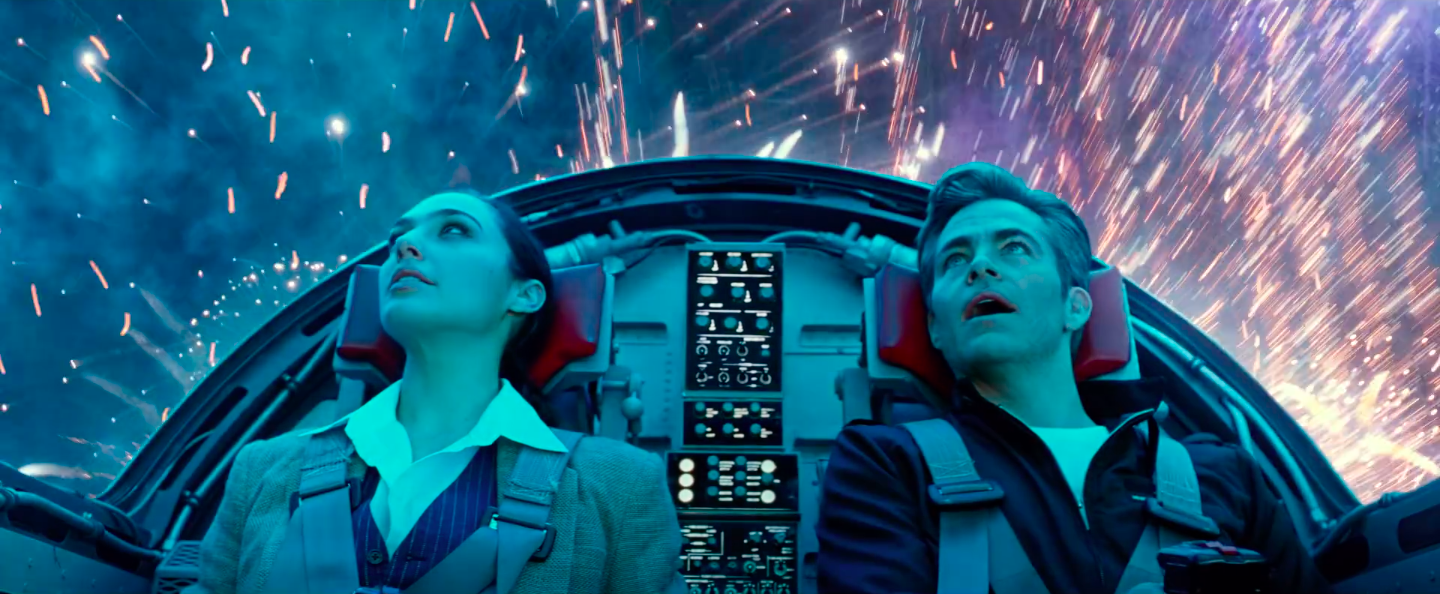
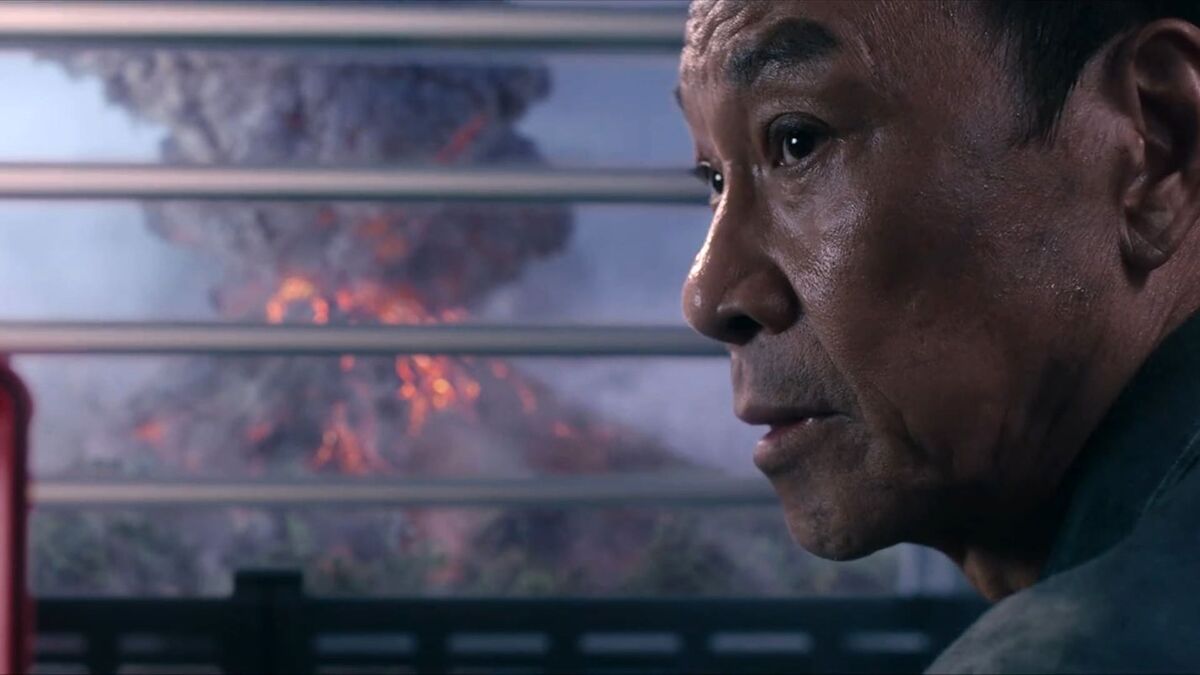
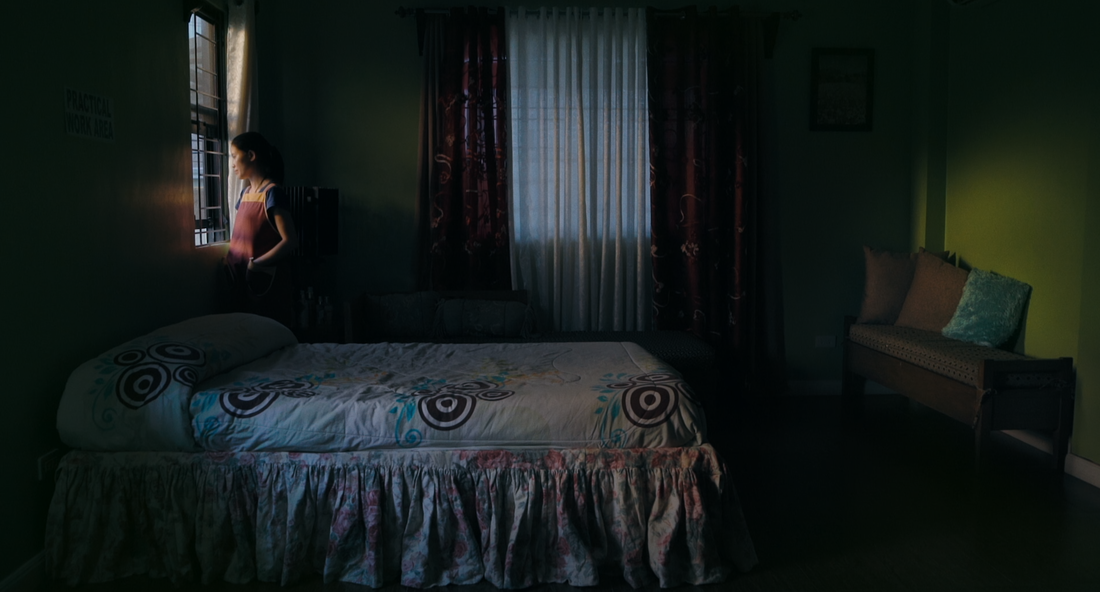
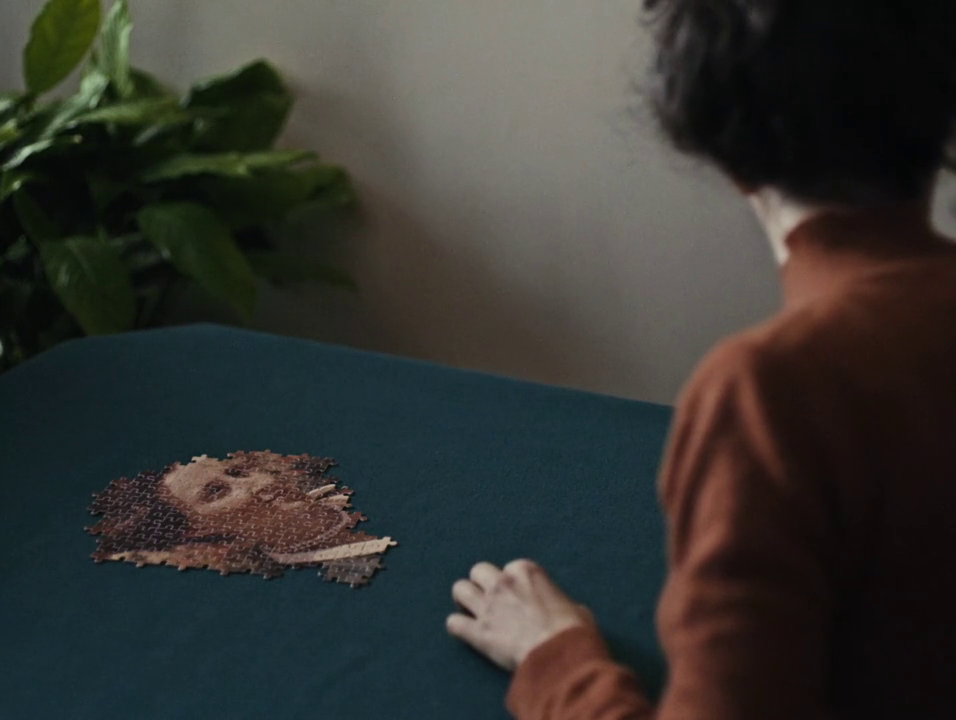
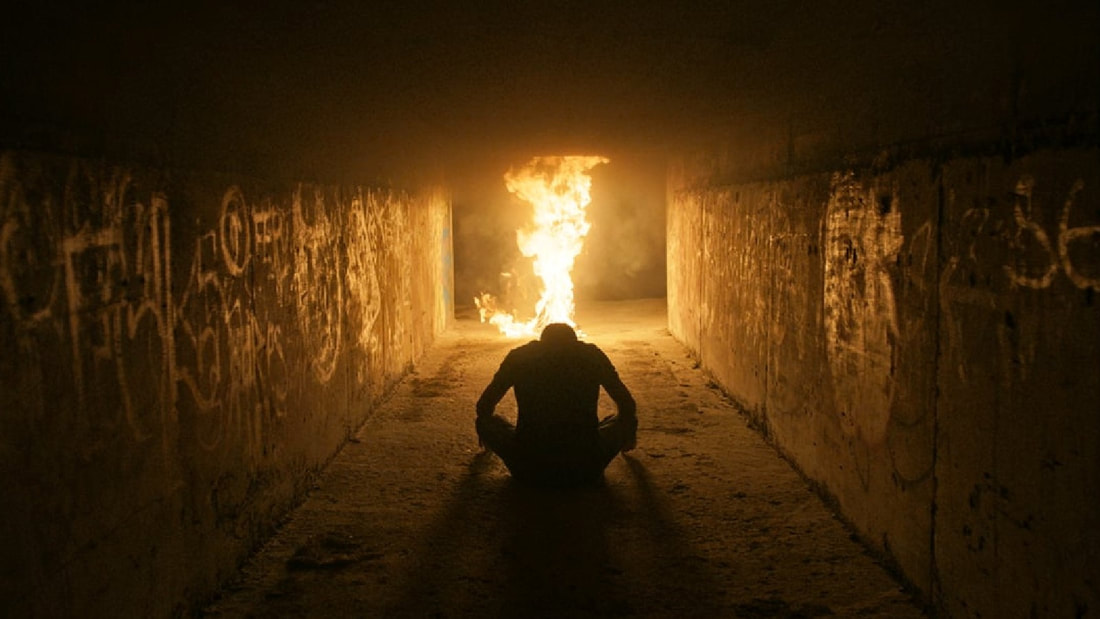
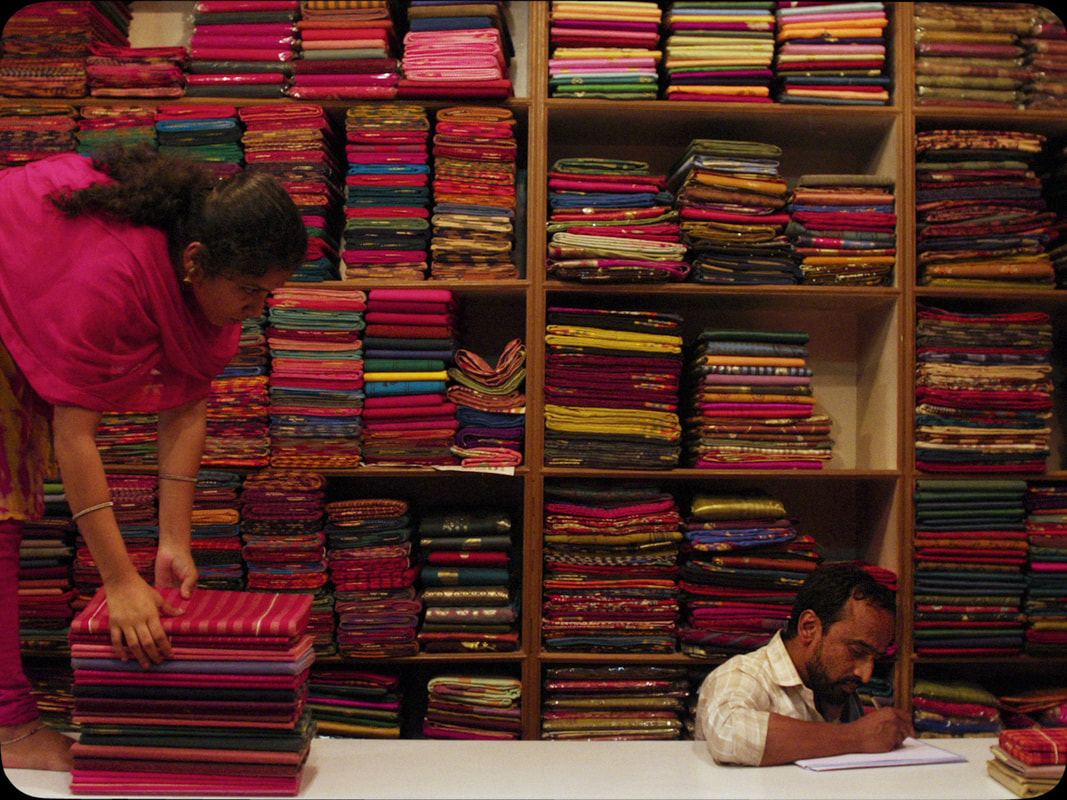
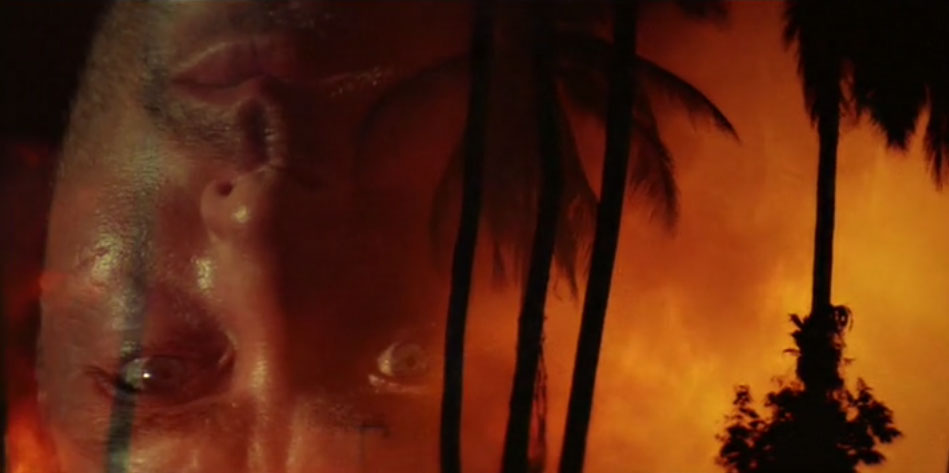

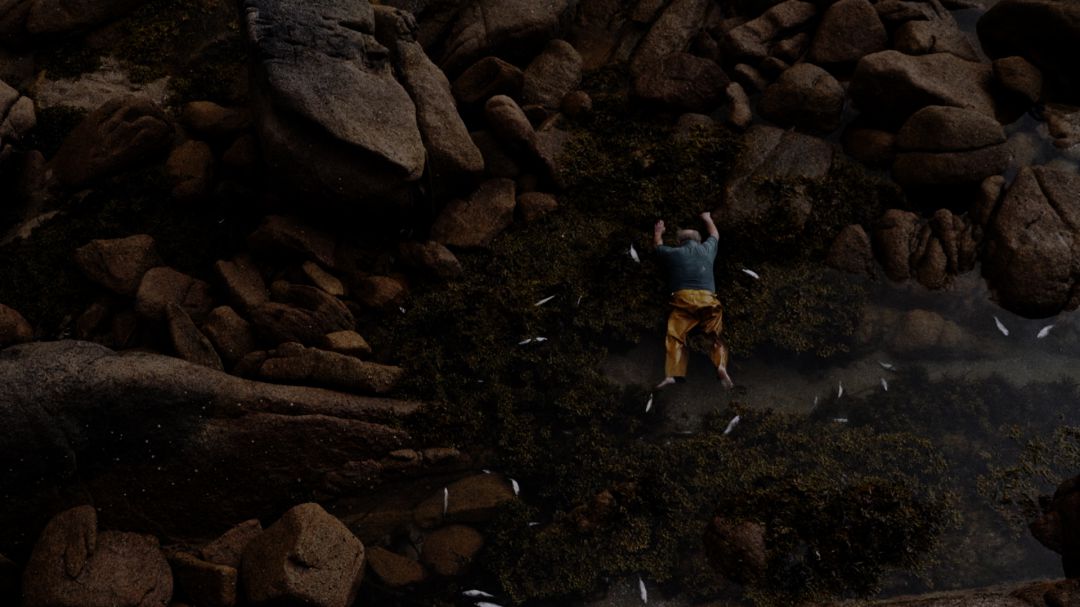
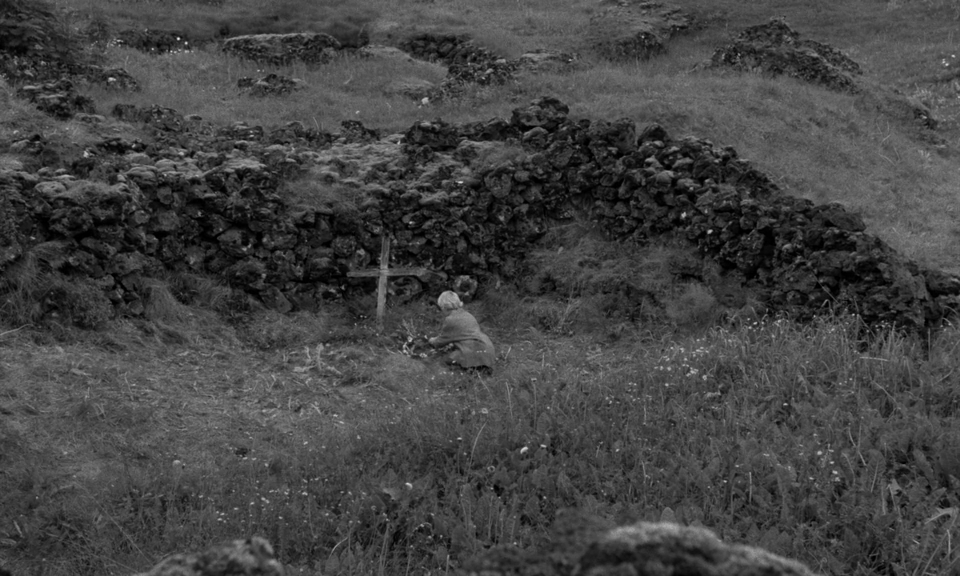
 RSS Feed
RSS Feed
